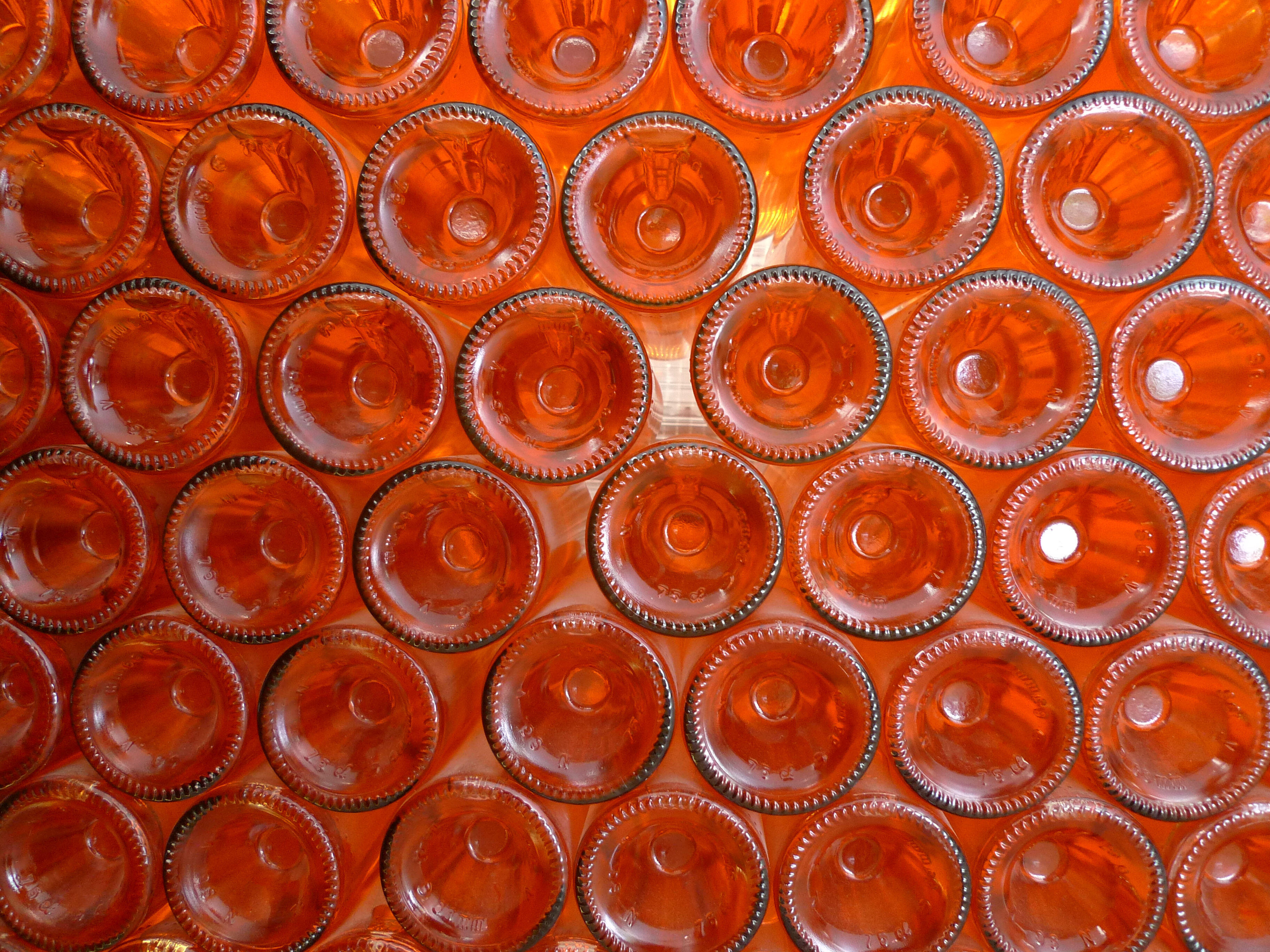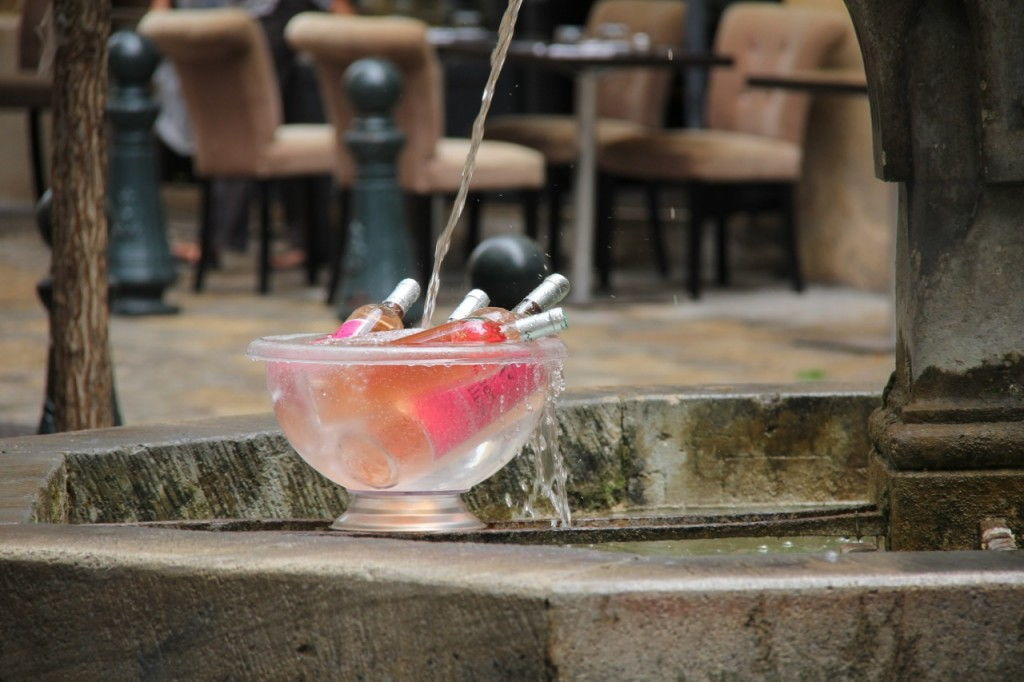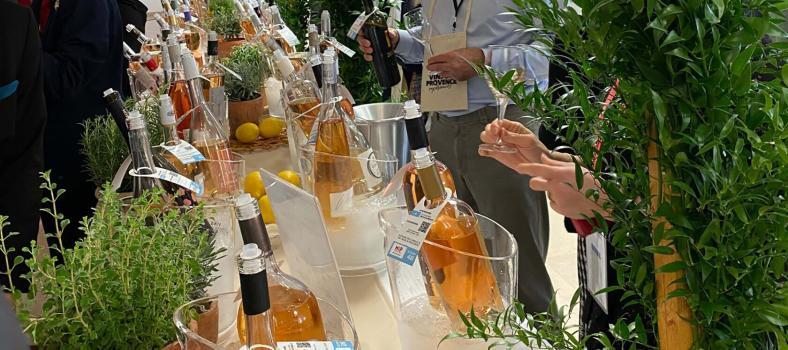What’s Behind the Nose? Provence Rosé Wines
This article “Aromas in Rosé Not Found in Grapes” first appeared on Michèle Foster’s Think Pink Blog.
Grapefruit, passionfruit, lemon zest … have you ever wondered how it’s possible to taste such a panoply of fruity aromas in Provence rosé that you don’t taste when you bite into a grape? If wine is fermented grape juice, how did those aromas get into the wine? If you are a nerd like me and like to understand things at a molecular level, this article is for you!
A lot of the fruity aromas we often find in wine come from compounds called thiols. These are present in lots of different fruits and vegetables, but different fruits have different thiols, and thiols even vary by specific grape variety.

What Makes the Difference?
In Provence rosés, you’ll commonly find a thiol called 3MH (3-mercaptohexan-1-ol) responsible for grapefruit and other citrus notes, passionfruit and similar tropical fruit aromas. But 3MH is not found in the grapes. So, where does it come from?
The principal grape varieties used to make Provence rosé – Grenache, Syrah, Mourvèdre and Cinsault – contain S-3-(hexan-1-ol) molecule -L-cysteine (P3MH for short). In winemaking circles, this is called a cysteinylated precursor. It is odourless; it does not give off any aroma. The quantity present in the grape depends on climate and soil conditions and vineyard management decisions such as the harvest date.

The 3MH in the rosé is a derivative of this precursor, P3MH, and is produced by the yeast during alcoholic fermentation. Not all grape varieties have this same precursor, so you will not find 3MH in all wines. But it is a common aromatic compound in Provence rosé because the principal grape varieties used in this region do contain the precursor.
That said, you may have tasted a Provence rosé that had none of these aromas. That’s because many variables affect the amount of 3MH in a wine, including the duration and temperature of skin contact, choice of the yeast strain, yeast nutrition, fermentation temperature, maturation method, and others. The Rosé Research Center in Provence analyzes 3MH and other compounds in rosé to compare and validate different winemaking techniques.
See if you can detect 3MH in the next glass of Provence rosé you enjoy. Cheers!
About Michèle Foster
 Michèle Foster is the creator of Solière rosé, an estate-grown AOP rosé from Provence. Her passion for both Provence and rosé began when she moved to the region in 2007. Originally from Texas, Michèle has lived in Provence for 13 years. Passionate about Provence wines, she exports these drops of joy to the United States and offers an on-demand online course about Provence rosé.
Michèle Foster is the creator of Solière rosé, an estate-grown AOP rosé from Provence. Her passion for both Provence and rosé began when she moved to the region in 2007. Originally from Texas, Michèle has lived in Provence for 13 years. Passionate about Provence wines, she exports these drops of joy to the United States and offers an on-demand online course about Provence rosé.
Additional Rosé Reading
Drinking Rosé in Restaurants is it Just a Passing Trend?













No Comment